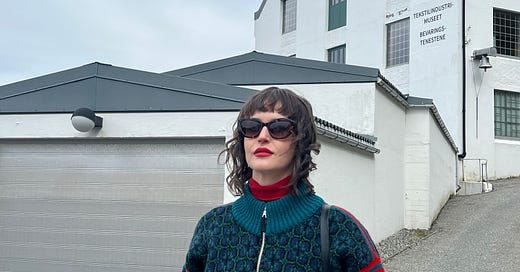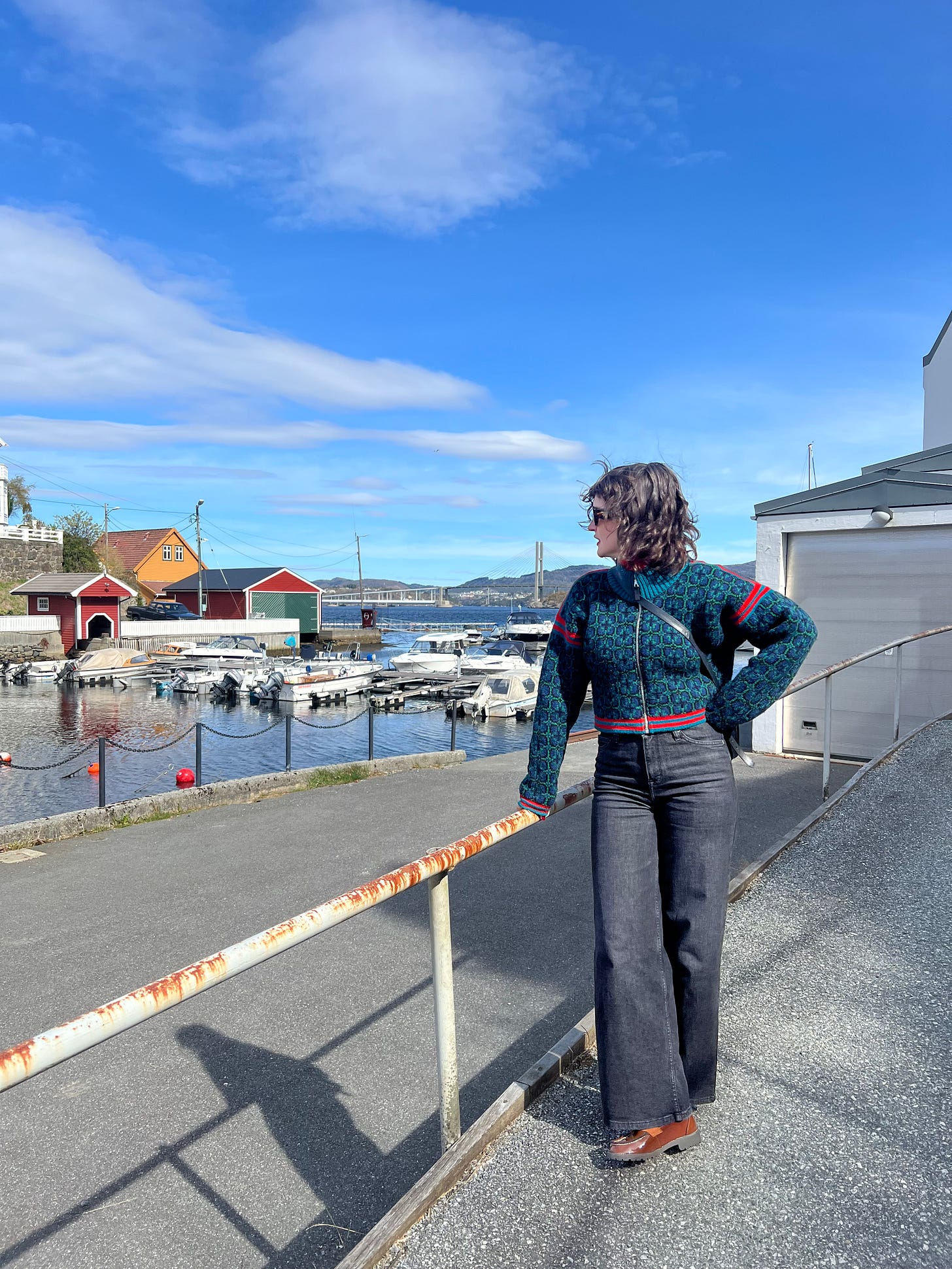I hope you´re enjoying spring, living your life to the fullest in these breezy May-days, which in Norway, are also synonymous to several public holidays. Yum.
My mother came to visit at the end of April, and we decided to visit my very local Textile Industry Museum, located just a few minutes ride from my home.
(A museum worker spending her day off at a museum? Like florals for spring, groundbreaking!)
The story this particular museum tells, is one of wool and water, growth and loss.
(And this post will not necessarily be nuanced and thorough, in fact, it might even get some things wrong, but ultimately, I´m right.)
The story is not unique to this particular small village by the Western Norwegian fjords, where a factory was built in the 1850s to produce knitwear from local wool.
It formed the backbone of an entire community, and joined several more factories in Norway, which mostly were located and powered by a river or waterfall.
As is common knowledge, local clothing/textile production blossomed after the industrial revolution up until the 1930s, before it declined after WWII and collapsed in the 1970-80´s, as mass production ramped up, buying their labour in lower-cost countries, birthing fast fashion.
Fucking fast fashion.
The average Norwegian now own 359 items of clothing. Clothing production doubled between 2000 and 2014, while we now keep our clothes for half as long. (There are a lot of reads out there, but I got these numbers from here).
Clothing has become more affordable, and we love that (which is a problem bigger than that of luxury fashion prices running rampant).
Now, fashion production makes up 10% of humanity’s carbon emissions, more than international flights and maritime shipping combined.
We dry up and pollute water sources, and pile our wardrobes with shitty plastic clothing to match our stupid fucking water cup (or the other way around).
We get our dopamine hit from Shein and Zara, who exploit workers to make shitty clothing to make sure we come back to buy even more, before we dump 85% of all textiles made each year.
Bye bye, off to the shores of Ghana you go, don´t you just looove a good decluttering, so you can make more room for more shitty stuff in your wardrobe?
Fuck this fucking shit.
It makes me furious and sad and regretful and shameful, as we all participate in this madness.
I love clothes. But I want good stuff, real stuff, a real person who sells me a real thing with a promise that the people who made it are being treated and payed properly, that the thing will last me for many, many years.
It sounds like a business idea, right? And it fucking was, we just ruined it!
This particular factory produced woollen sweaters, underwear, socks, and sportswear for 130 years.
And as our lovely museum guide told us, the entire production line took place in that building (which is sort of mind-blowing, compared to how the garment manufacturing today transports textiles across factories and borders numerous times before an item is considered finished).
From receiving the raw materials (from sheep which grazed on islands just across the fjord), to carding, spinning, dyeing, knitting, sewing, packaging.

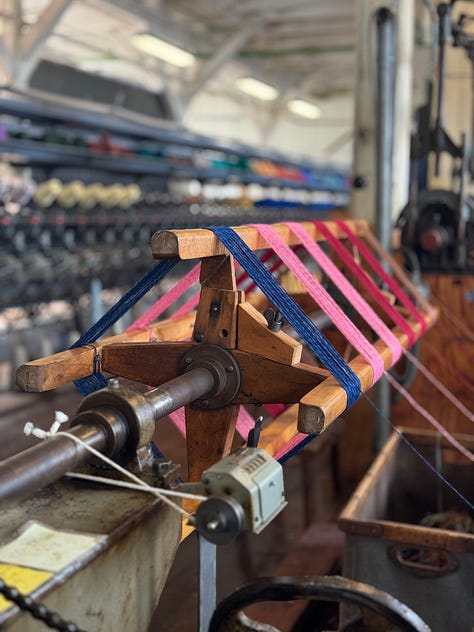
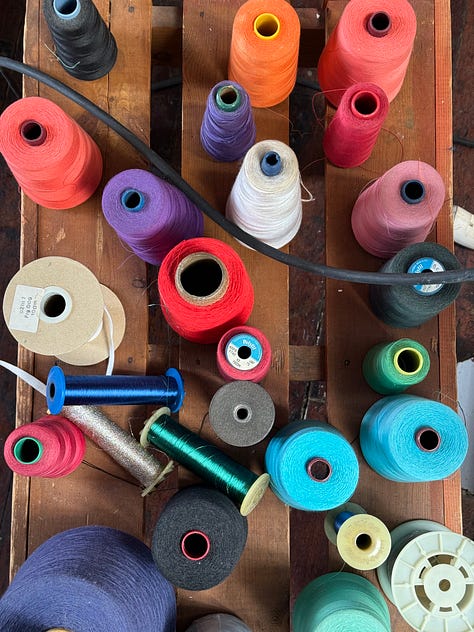
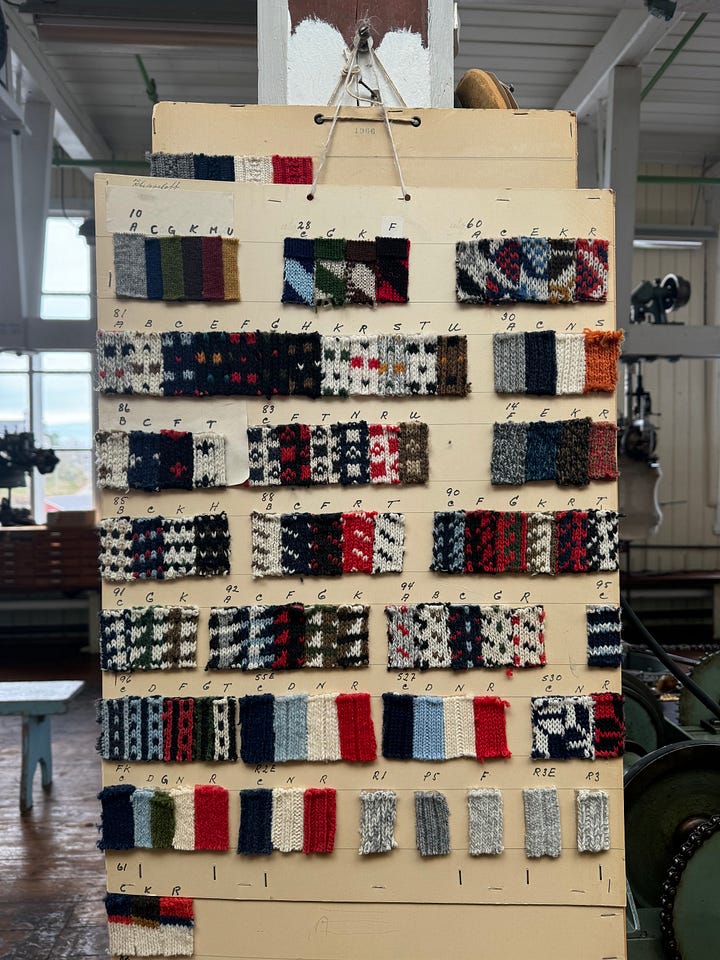
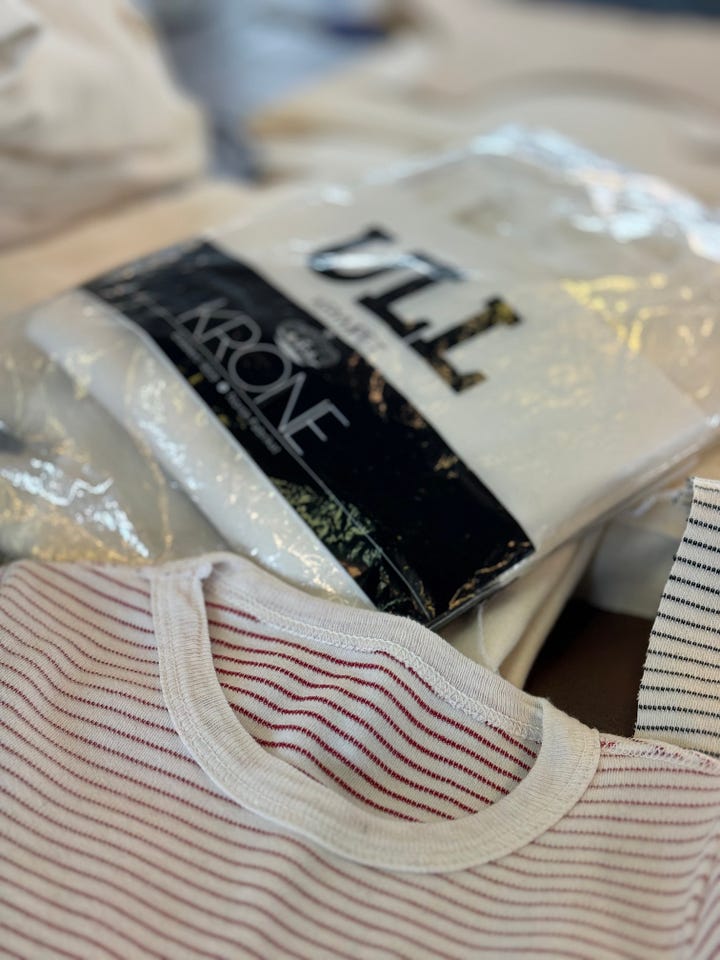
Their biggest hit was that of a particular brand of underwear, which was popularly known in Norway as being “indestructible”. You had these long johns forever!
Due to capitalist logic, it eventually became their demise. Everlasting clothing? Bad for business.
And so, local clothing production was a thing of the past. Just a handful of businesses actually produce their clothing and shoes in Norway. I would love to see more.
But then I, and you, would have to accept to pay more as well. A lot more. Which also will make us buy much less.
(Which for me, is sort of a challenge, as I have grown up with and trying to un-learn a scarcity mindset, which I might elaborate on at some point and is also kind of the reason for my fashion-No Buy year).
Farm to table?
I firmly believe that it is us who have the most, that need to cut the most. We, who can afford to change our habits.
It made me think of food, which is another passion of mine (and another infuriating topic).
Parts of our culture seem to be willing to pay more for local food, so why not fashion?
In an era of ultra-processed foods being sold to us as the norm, local produce has also become hot shit, and becoming more available (it seems).
Restaurants prize themselves with farm-to-table-menus, foraging locally, neatly placing greens on top of a piece of fresh fish placed on a handmade ceramic plate by a local designer (selling this as a “hot new idea” to a relatively small elite when it is the most traditional and obvious way to make and serve food…).
Working as a chef is not neat work, neither is producing food, or working in the textile industry.
And I think one of the reasons we care so little for our clothes (and a lot of our food), is that we have no idea how they are being made, and by whom.
“They” don´t ride on our commute, or eat their lunch in our swanky co-working space. We have no idea of the process, we only buy into the glossily styled results.
Just as a reminder: All your (sewn) garments are handmade. By people.
Mostly women, working machines, in countries like Bangladesh and China. Every seam, on all your 300+ items of clothing.
And while you so very much appreciate the hand-knitted sweater your grandmother made you, in your favorite colors, what if you could relate to the rest of your clothing that way?
What if the norm for fashion was a transparent, slow “farm-to-table-esque” philosophy of “factory-to-wardrobe” while sustaining your local community, also offering tailoring and repairing?
(And no, I don´t believe in just creating more brands and more products, even if they are so-called sustainable, I think already established brands must change or bust).
Am I delusional in such thinking??
Can we avoid further eco-armageddon AND have nice things that last?
Can we have a slower, smaller, and more creative fashion industry?
Can we have fair (or good!) working conditions, for people in the textile industry globally and locally?
Can we aspire to tailor-made clothing, for our unique body and suited to our needs, or even better, to become a tailor?
Can we put a ban on clothing made of plastic and use deadstock?
Can the
become de rigeur, or hey, even forced upon us?I probably am. But delulu is the solulu.
And I look (and feel) good, in my gifted, locally produced knitwear by Oleana x Norlender:

